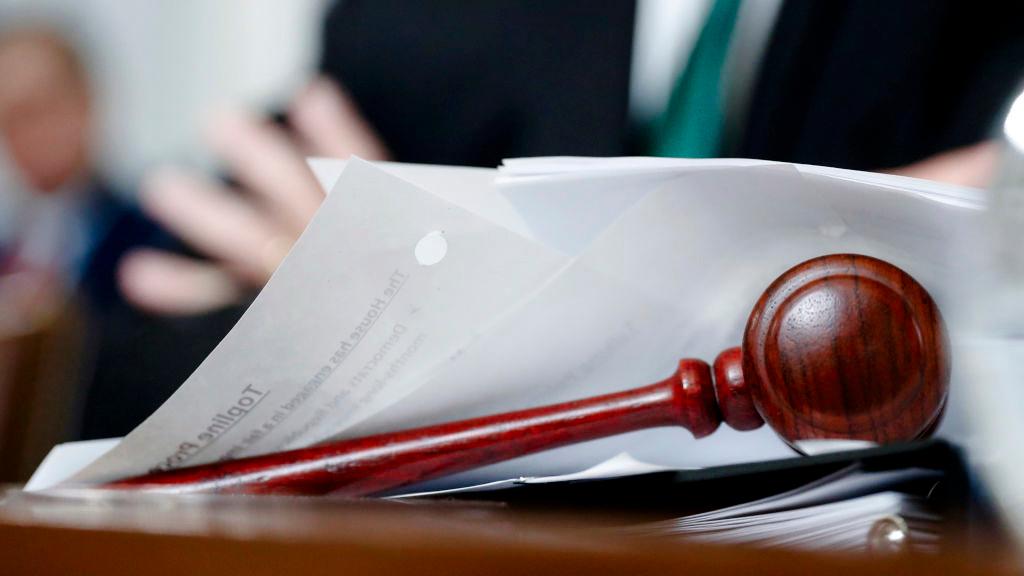The U.S. State Department summoned China’s ambassador to the United States on March 13 after a top Beijing official suggested that the U.S. military might be responsible for introducing the deadly coronavirus to Wuhan, ground zero of the pandemic.
The meeting came after a vice director at China’s foreign ministry Zhao Lijian, in a series of posts on Twitter—a platform inaccessible in China—accused the United States of not being transparent about what it knows about the disease, while pushing an unfounded conspiracy theory that the outbreak originated in the United States.
“When did patient zero begin in [sic] US? How many people are infected? What are the names of the hospitals?” Zhao wrote in both Chinese and English.
He went on to suggest that it “might be [sic] US army who brought the epidemic to Wuhan.”
“Be transparent! Make public your data! US owe [sic] us an explanation,” he added.
The Assistant Secretary of State for the Bureau of East Asian and Pacific Affairs, David Stilwell, summoned China’s ambassador Cui Tiankai to deliver a very “stern representation,” Reuters reported citing a unnamed state department official. The official noted that Cui was “very defensive” and that China was attempting to evade criticism over its role in “starting a global pandemic and not telling the world.”
“Spreading conspiracy theories is dangerous and ridiculous. We wanted to put the government on notice we won’t tolerate it for the good of the Chinese people and the world,” the official told Reuters.
“The US side noted how Beijing’s storyline on what has become a global pandemic has been shifting away from the Wuhan Huanan market since mid-January, indicating that Beijing is trying to avoid responsibility for the outbreak,” a state department spokesperson told The Epoch Times in an email on Saturday, referring to the seafood and animal market in coronavirus epicenter Wuhan that Chinese officials initially cited as the potential source of the devastating outbreak.
“The US is not interested in assigning blame, but asks the Chinese government to offer full access and transparency in order to prevent further loss of lives inside and outside the PRC [People’s Republic of China],” the spokesperson added.
Although the virus first emerged in the central Chinese city of Wuhan in early December, Zhao and several other Chinese officials have been pushing the theory that the virus’s origin is unclear and might have come from the United States.
Asked about Zhao’s tweet in a March 13 press conference, Chinese foreign ministry spokesperson Geng Shuang insisted that there were “different opinions” on the issue and that “it’s a matter of science.”
Chinese state media, meanwhile, have also been accusing the United States of smearing China while lauding Beijing’s capability for handling the outbreak.

For instance, a March 5 article on state-run media China Daily described the regime’s outbreak response as “a story of pride.”
In an editorial by Global Times, a hawkish state-run outlet, titled “Blaming China for own virus control failure detestable,” the outlet claimed that “so far, even the scientific world has no conclusion where the virus came from.”
“This whole notion of China being beneficial to helping the world is misguided and indeed dangerous.”
Chang also believes that more propaganda along the same lines will come out in the days to come.
“Beijing is going to relentlessly pursue them because it sees this as essential to its survival,” Chang said. “United States has an ally which is the Chinese people and we should never forget that our enemy is the regime.”
“The way that this started out in China, the way it was handled from the outset, was not right. It should have been handled differently,” O’Brien said.





